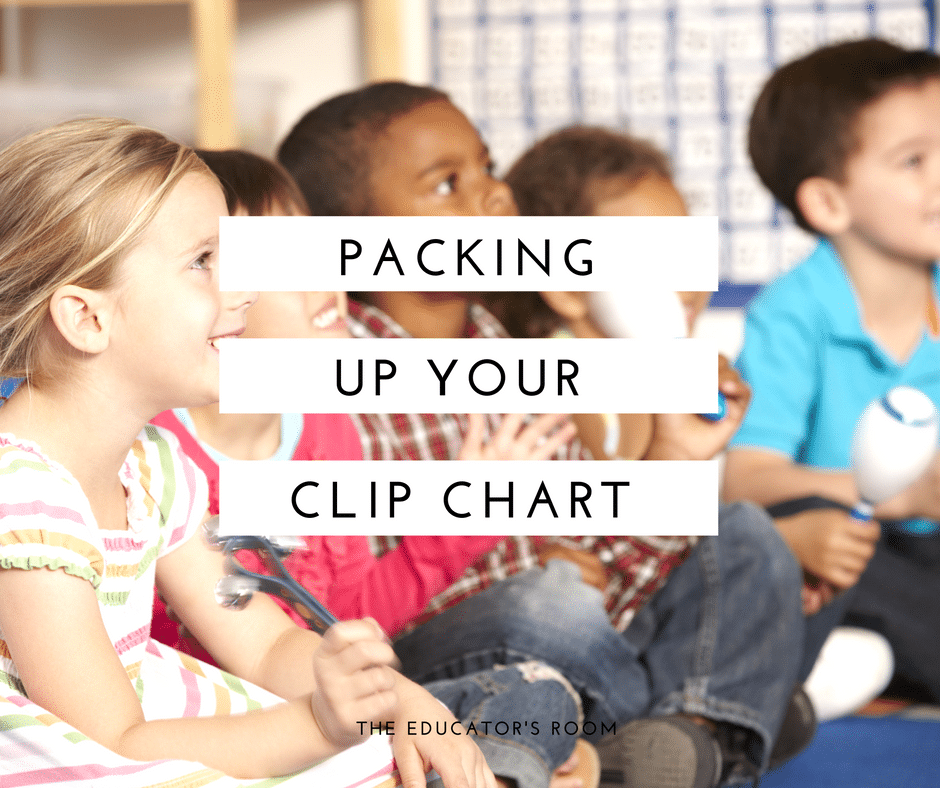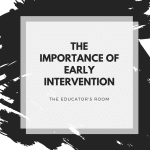My philosophy in teaching, and in life, is to leave things better than you found them. Each person is placed here for a purpose and a reason. As an educator, it is my role to foster the strengths within each student and help them reach their potential. This task, while difficult, is best done with respect.
[fusion_builder_container hundred_percent=”yes” overflow=”visible”][fusion_builder_row][fusion_builder_column type=”1_1″ background_position=”left top” background_color=”” border_size=”” border_color=”” border_style=”solid” spacing=”yes” background_image=”” background_repeat=”no-repeat” padding=”” margin_top=”0px” margin_bottom=”0px” class=”” id=”” animation_type=”” animation_speed=”0.3″ animation_direction=”left” hide_on_mobile=”no” center_content=”no” min_height=”none”][bctt tweet=” My philosophy in teaching, and in life, is to leave things better than you found them” username=”EducatorsRoom”]
The new buzz in education seems to be clip charts. Pinterest, teacher stores, and blogs all over the web have resources and clip chart systems to use in your classroom. This system rewards and punishes students; placing the management and control on the teacher. If we really want to change behavior, we have to take away the judgment and teach the skills the students need to interact in and contribute to the classroom. They deserve more than a creative clip chart.
If you want to draw your students’ attention to expected behaviors, the clip chart system will work. They are designed to reward students who are following the classroom expectations and punish students who are not. The students are simply judged on their behavior after it has occurred. In a classroom with clear expectations, they should know the target; but this system does nothing to teach. What are we doing in our classrooms if we are not teaching?
In the beginning of the year, I spend time getting to know my students and helping the students get to know each other. We build a classroom community built on respect and trust. My attitude does more to impact the behaviors in my classroom than a pretty clip chart. Come to school happy and this will rub off on students. Over the first few weeks, students learn to work together, take risks, and help each other in learning. This sets the basis for our classroom management.
Each student learns differently. Yes, this can make teaching exhausting. There are days I want to pull my hair out. There are days I lose my patience. There are days I make mistakes. But overall we work together, learn together, and classroom management is about students working towards learning goals. By stating clear objectives I am able to ask students how what they are doing (the behavior) is helping their learning. There are not stars and smiley faces. We don’t clip up and down. We have conversations, share successes, learn from failures, and learn. If the behavior is stopping their learning (or someone else) there are options. Some students need a different place to sit. Some students need to bring a snack and drink with them daily. Some students need to use a quieter setting. Learning what works with students helps them learn what they need to be successful. This open communication and process helps them understand their learning and takes them beyond management. When my students can redirect themselves I know we have true success.
If the behavior is stopping their learning (or someone else) there are options. Some students need a different place to sit. Some students need to bring a snack and drink with them daily. Some students need to use a quieter setting. Learning what works with students helps them learn what they need to be successful. This open communication and process helps them understand their learning and takes them beyond management. When my students can redirect themselves I know we have true success.
Some students need a different place to sit. Some students need to bring a snack and drink with them daily. Some students need to use a quieter setting. Learning what works with students helps them learn what they need to be successful. This open communication and process helps them understand their learning and takes them beyond management. When my students can redirect themselves I know we have true success.
Children behave inappropriately for a reason. I have many learners in my classroom and they each come with their own background knowledge. Some of this knowledge includes unspoken rules, reading body language, and communication. They have experience or lack of experience in learning. Communication and respect are the key here; again, so students who struggle with inappropriate behaviors are treated with compassion and taught what is needed in a learning community. Some things to ask students: What will help you learn? Where do you learn best? What stops you from learning? Who in the classroom explains things to you so you understand? What do you need? There are many things in classroom we overlook such as heat/cool, light, hunger, sleepiness, movement, and overall comfort. Sometimes just reminding them lunch is near, recess is only a few minutes away or pointing out what they have accomplished successfully will do wonders. It is impossible to meet every child’s need every minute, but if kids know you are working with them they will be willing to work for you.
Classrooms have changed. Project-based learning and differentiated instruction allow us to offer more to our students. When they are engaged in their learning behavior problems are decreased. That does not mean if you set up your classroom and offer stimulating activities your student will all be well-behaved. This takes work. It is a process. Some days you will have success and other days you will have a student or two who are off all day. But let’s be real, don’t you have bad days? Learning is a process and our kids deserve to be part of that process.
For some students, they need the visual of how their behaviors are being perceived using a sticker chart or reward system is just the thing for them. Class Dojo and other online tracking systems can help with specific behaviors. The important missing factor is communication and using the data to learn about and change behaviors. There is no one size fits all in teaching just as there is no one size fits all in classroom management but seeing our education community move to this clip up clip down has me concerned.
It has been used.
It has been tried.
It was the name on the chalkboard with three check marks.
It was names on pockets with cards to pull. it was demerits, it was behavior charts. Clip chart systems are just in a new package. They don’t teach behavior. Effective teachers are the most important behavior management system we can put into a classroom.
Clip chart systems are just in a new package. They don’t teach behavior. Effective teachers are the most important behavior management system we can put into a classroom.
It was demerits.
It was behavior charts.
Clip chart systems are just in a new package. They don’t teach behavior. Effective teachers are the most important behavior management system we can put into a classroom.
[bctt tweet=”Seeing our education community move to this clip up clip down has me concerned. ” username=”EducatorsRoom”]
SO, if you are using the clip chart system this year think about your purpose. What do you want to do with your efforts? Do you want to reward and punish students for their behavior based on judgment? Do you want to effect change in their choices? This school year is about over, but here are some things to check out and think about for setting up your classroom next school year. Venture into something that puts more control in the student’s hands such as the gold tally system. This system seems to approach a whole class management system with more focus on rewards. At the end of the week, class time is reserved for choice time for the rewards but you could also use this time with those who have behavior concerns to
This system seems to approach a whole class management system with more focus on rewards. At the end of the week, class time is reserved for choice time for the rewards but you could also use this time with those who have behavior concerns to teach them skills of listening, study skills, and have conversations with students about what helps them learn. You can also read “Classroom Management that Works” by Robert Marzano. Observe an effective teacher and look specifically for questions strategies, nonverbal cues, proximity, cooperative learning arrangement, and voice.
Check out some crazy things I have done in the past. Sometimes you need to mix it up. Working with your students as a community you can enjoy group rewards, foster a community of learning, learn from each other’s mistakes, and know you are helping students become better than they were when they walked through your door. So when you pack up your room this year, pack away that clip chart system and enjoy the learning community you create.
“Alternative Clip Charts – Flipping Management on Its Head.” Teaching Ace. N.p., n.d. Web. 19 Apr. 2014.
 [/fusion_builder_column][/fusion_builder_row][/fusion_builder_container]
[/fusion_builder_column][/fusion_builder_row][/fusion_builder_container]






It seems that you are assuming teachers are using the clip chart with out the conversation part. If a teacher is only clipping up or down and never discussing the behavior then yes, I agree with you. However, if a teacher is using it as a visual reference while also discussing the behavior with each clip (positive and negative) then it is a wonderful resource for the child, the teacher, and the parent. The beautiful thing about a clip chart is that even if a poor choice was made it isn’t a permanent move. Through good choices a negative move on the chart can be turned into a positive later. As a parent, I like the fact that it helps the teacher keep track of my child’s behavior so I can be notified at the end of the day. Let’s face it, if my child made a great choice and clipped up for it the teacher may not remember it at the end of the day if she didn’t have that visual reminder herself. I know teachers have too much to do in a day to remember every detail.
Couldn’t agree more — teaching, reteaching, practicing, and upholding expectations is the way! I think of clip charts as public humiliation, like checks on a board, or making private conversations public. We wouldn’t dream of “clipping down” when a student inaccurately answers a math question – we teach, we help, we build. Why do we insist on making more of what is almost always developmentally appropriate inappropriateness? Talk about teachable moments! This doesn’t mean there are no consequences; it means those consequences are delivered with the same care and compassion as our teaching lessons.